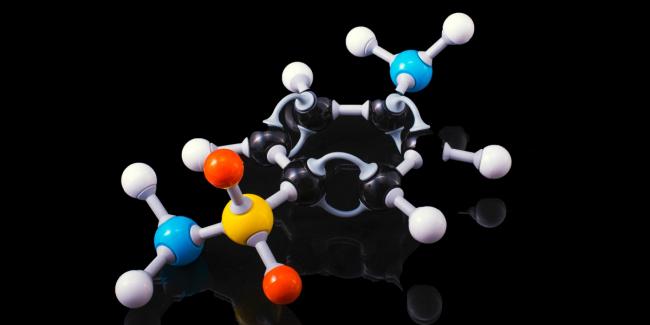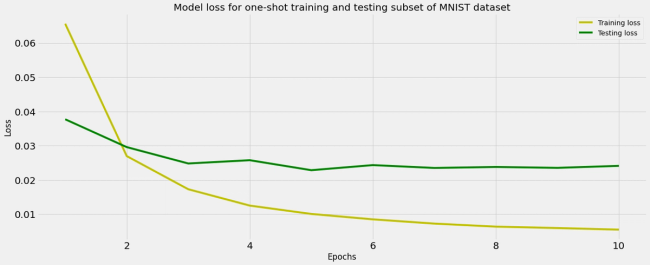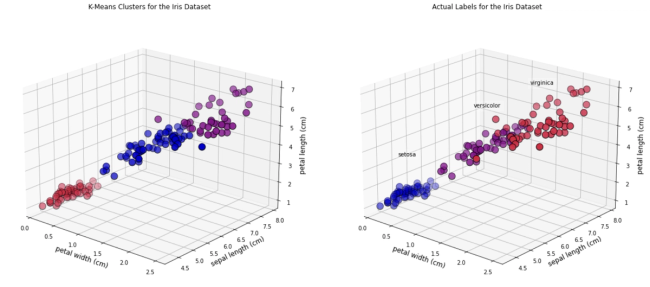Subject archive for "python," page 2

Lightning fast CPU-based image captioning pipelines with Deep Learning and Ray
Translation between Skeletal formulae and InChI labels is a challenging image captioning problem, especially when it involves large amounts of noisy data. In this blog post we share our experience from the BMS molecular translation challenge and show that CPU-based distributed learning can significantly shorten model training times.
By Jennifer Davis14 min read


A Hands-on Tutorial for Transfer Learning in Python
Fitting complex neural network models is a computationally heavy process, which requires access to large amounts of data. In this article we introduce transfer learning - a method for leveraging pre-trained model, which speeds up the fitting and removes the need of processing large amounts of data. We provide guidance on transfer learning for NLP and computer vision use-cases and show simple implementations of transfer learning via Hugging Face.
By Dr Behzad Javaheri15 min read

Getting started with k-means clustering in Python
Imagine you are an accomplished marketeer establishing a new campaign for a product and want to find appropriate segments to target, or you are lawyer interested in grouping together different documents depending on their content, or you are analysing credit card transactions to identify similar patterns. In all those cases, and many more, data science can be used to help clustering your data. Clustering analysis is an important area of unsupervised learning that helps us group data together. We have discussed in this blog the difference between supervised and unsupervised learning in the past. As a reminder, we use unsupervised learning when labelled data is not available for our purposes but we want to explore common features in the data. In the examples above, as a marketeer we may find common demographic characteristics in our target audience, or as a lawyer we establish different common themes in the documents in question or, as a fraud analyst we establish common transactions that may highlight outliers in someone’s account.
By Dr J Rogel-Salazar13 min read

Feature extraction and image classification using Deep Neural Networks and OpenCV
In a previous blog post we talked about the foundations of Computer vision, the history and capabilities of the OpenCV framework, and how to make your first steps in accessing and visualising images with Python and OpenCV. Here we dive deeper into using OpenCV and DNNs for feature extraction and image classification.
By Dr Behzad Javaheri13 min read

Celebrate Py Day!
Pi Day is upon us and, while we celebrate “Pi” with pie, we mustn’t forget that other great “Pi” in our lives, which is, of course, Python! That programming language which has emerged as the de facto standard for production-grade data science, used by the majority of production-grade data scientists.
By Kjell Carlsson3 min read
Subscribe to the Domino Newsletter
Receive data science tips and tutorials from leading Data Science leaders, right to your inbox.
By submitting this form you agree to receive communications from Domino related to products and services in accordance with Domino's privacy policy and may opt-out at anytime.